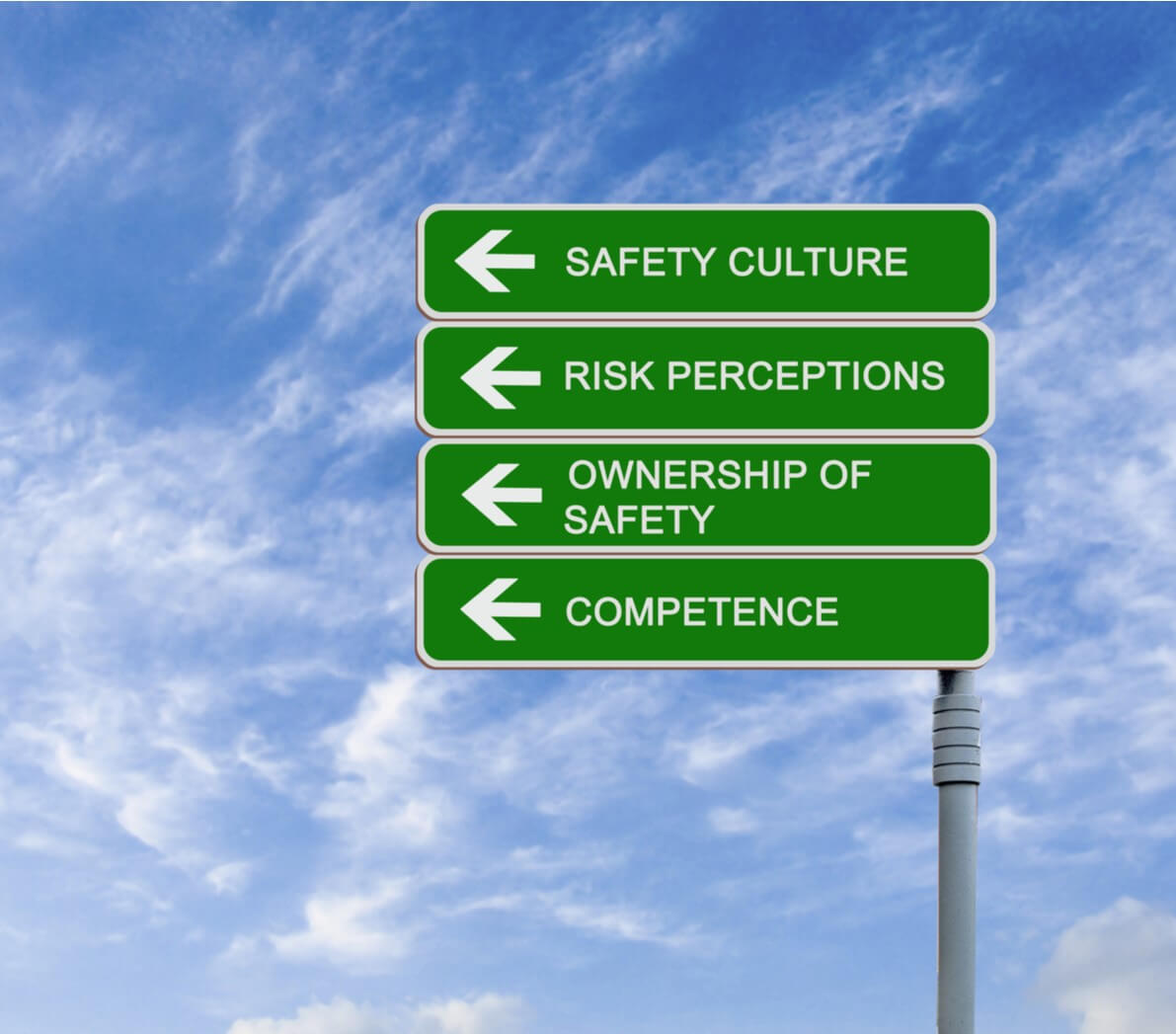Creating an effective culture of safety takes the commitment of an entire organization from the top down. Leaders need to be visibly dedicated to change by communicating the organization’s vision and openly receiving feedback from employees addressing concerns, in addition to reporting unsafe conditions and actions by fellow employees – no matter their position at the company. Developing a strong safety culture can have a significant impact on reducing liabilities and operational losses from incidents and accidents, ideally creating a zero incident culture. This results in fewer injuries and fatalities, higher productivity rates, boosted morale, and lower medical and insurance costs. Here are four ways companies can build a culture of safety.
1.) Create the Safety Vision.
By defining the company’s policies, goals and plans for creating a safety-oriented culture, all employees will be well informed of the strategy to achieve the goals. Clearly define the problem and communicate the steps needed to address concerns within each department, ideally down to the position level.
2.) Communicate expectations.
Once the Safety Vision is laid out and the responsibilities are defined, address expectations with the individual, team and leadership. This holds employees accountable at an individual level and gives them ownership of how their actions can assist with achieving your company’s goals. This should not be a separate conversation discussed periodically or at select meetings, but a part of every conversation. Leaders need to provide feedback options for their employees to discuss concerns and issues related to the safety objective, including those related to accountability.
3.) Assess and address at-risk behaviors: the cause of incidents and accidents
By setting up an efficient tracking and evaluation procedure the cause of accidents and incidents can be addressed. This will provide leaders with the structure to offer employees positive reinforcement and constructive feedback to achieve the desired changes in behavior. As the culture changes, you will find employees becoming more engaged with the process, and more willing to share their concerns.
4.) Celebrate success.
It’s important that big and small wins are celebrated. Leaders can do this by recognizing achievements in emails, at luncheons, or during other meetings. Taking the time to recognize wins provides an opportunity to reinforce the behaviors and further the change in culture of safety.
An organization’s culture of safety reflects its values, and ensures every employee makes it home safely. An effective change in culture will create a positive perception and acceptance of your safety initiative, which will ultimately reduce incidents and accidents and allow workers to get their jobs done in a safe and productive environment.

